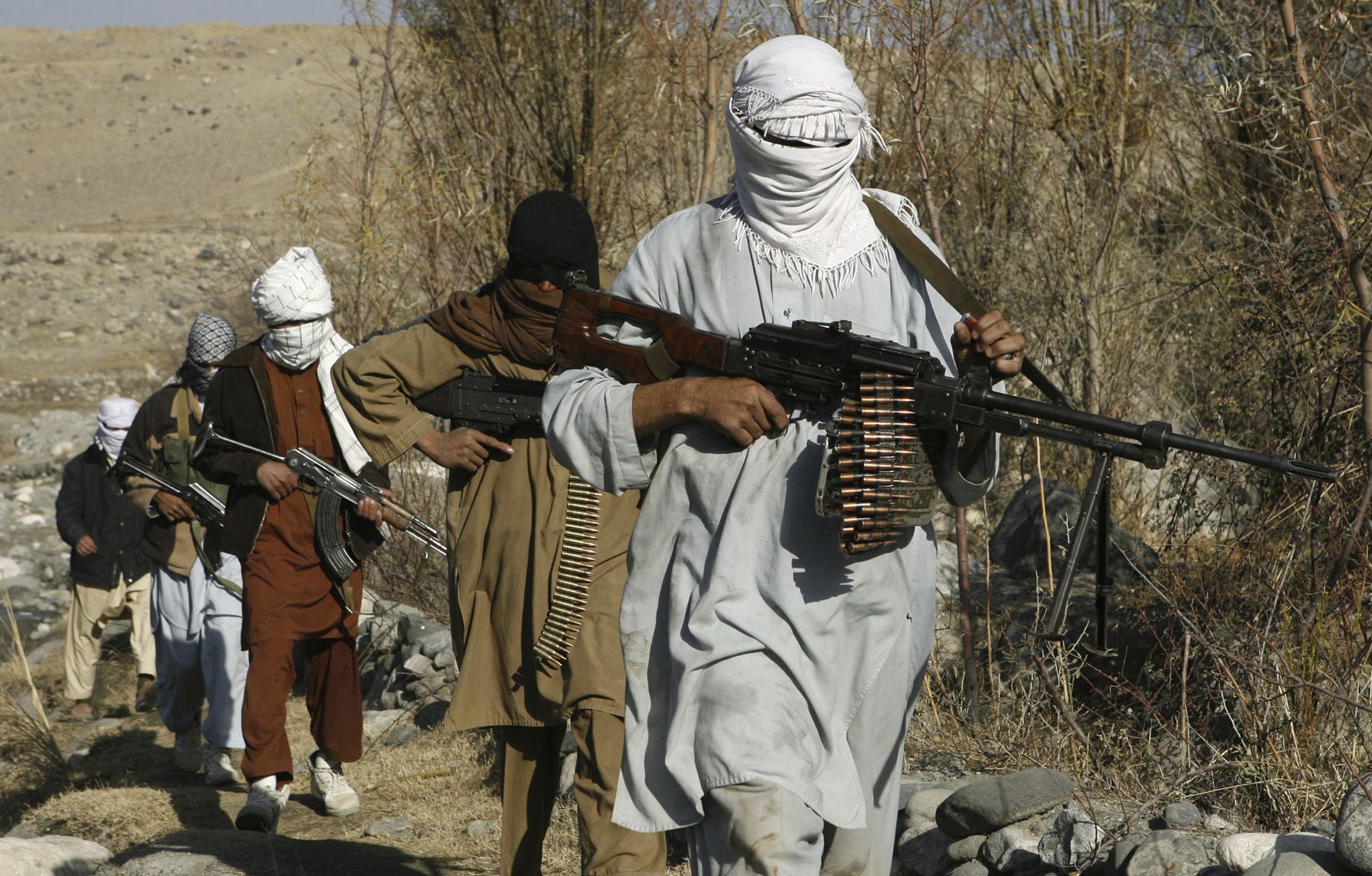
The Taliban’s territorial advances continued throughout the first half of August, as they captured strategic provincial capitals including Kandahar, Sar-e Pol, and Helmand. By July, the Taliban controlled numerous strategic checkpoints, military bases, and district centers within every province. During this time, ACLED records a higher number of Taliban territorial gains than during the entirety of 20. Emboldened by diminishing NATO support to Afghan forces, the Taliban significantly increased ground offensives against Afghan forces and decreased attacks using IEDs and suicide bombers.īetween May and June 2021, the Taliban gained ground from Afghan forces at a considerable pace. In April, the US announced a complete withdrawal from Afghanistan by September 2021 ( The Guardian, 14 April 2021 ), with remaining NATO forces subsequently announcing their withdrawal as well ( NATO, 14 April 2021 ).
/https://www.thestar.com/content/dam/thestar/news/world/2011/06/12/former_taliban_claim_government_forcing_them_back_to_insurgency/former_talibanfighter.jpeg)
ACLED records an increase in armed clashes from February 2021 onwards, as the peace negotiations entered another stalemate and the change in US administration raised questions over its future Afghanistan policy ( International Crisis Group, 13 January 2021 ). Early in the year, amid ongoing US-initiated peace negotiations between the Taliban and the former Afghan government, the Taliban continued to launch regular attacks on Afghan state forces. Over the course of 2021, conflict trends changed dramatically as negotiations gave way to lightning advances by the Taliban. Meanwhile, armed clashes have also continued - albeit at lower levels - with the emergence of armed resistance against the Taliban and the ongoing Islamic State (IS) insurgency.

Ethnic and religious minority groups, women, and members of the former government and security apparatus have faced especially high targeting. While overall levels of political violence fell with the Taliban takeover, violence towards civilians has persisted. This regime change significantly shifts conflict dynamics in Afghanistan, driving down political violence in the second half of 2021. In August 2021, the Taliban regained control of Afghanistan following nearly two decades of conflict with the United States and the NATO-backed Afghan government.


 0 kommentar(er)
0 kommentar(er)
